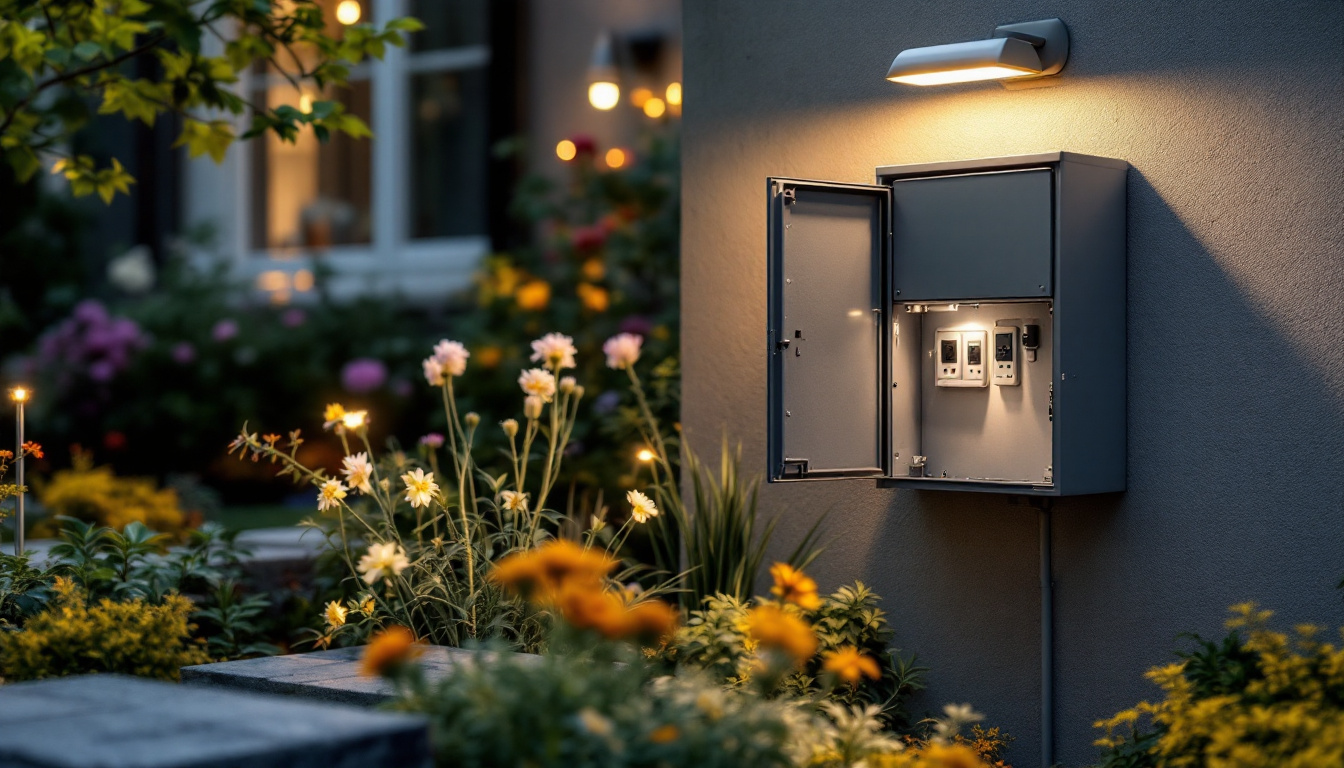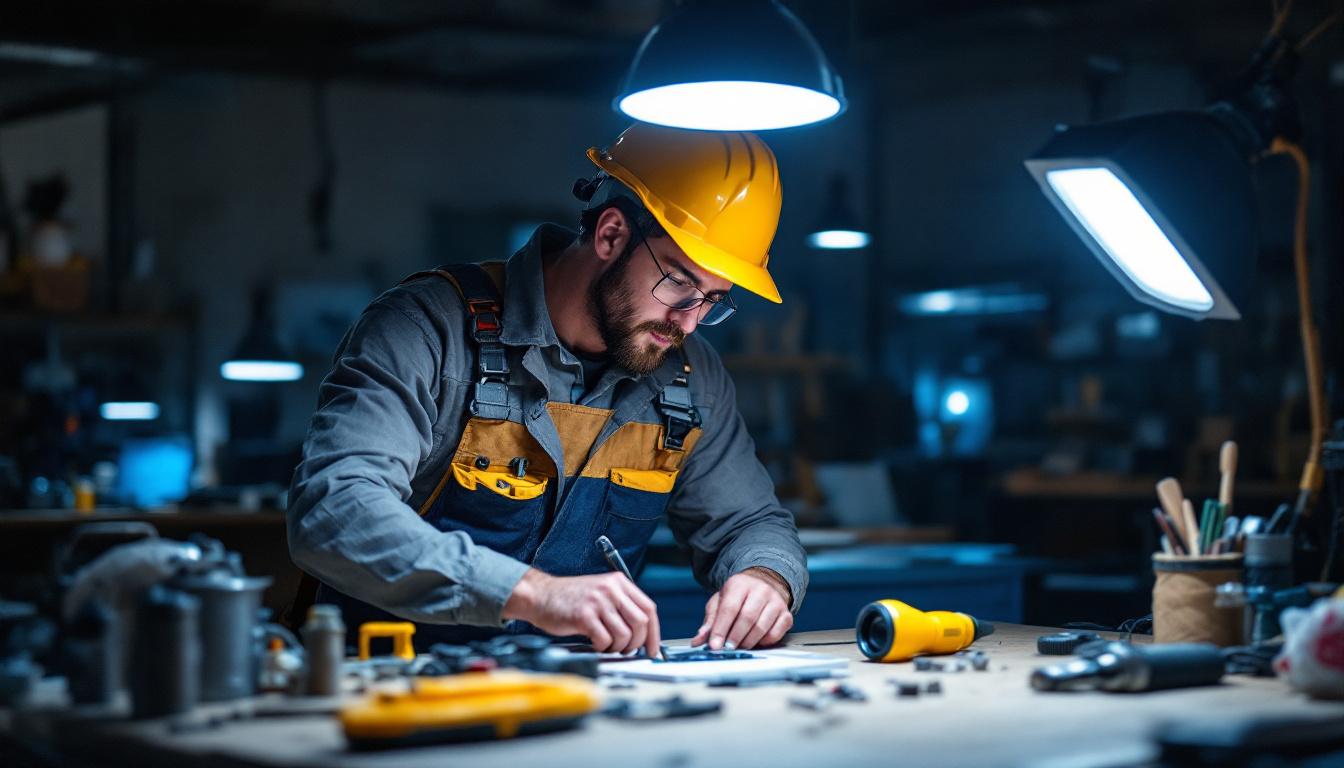
In the realm of outdoor lighting projects, ensuring safety, functionality, and aesthetic appeal is paramount. One essential component that often goes overlooked is the outdoor electric box. This seemingly simple fixture plays a crucial role in the overall success of lighting installations, providing the necessary infrastructure to power outdoor lights while safeguarding electrical connections from the elements.
Outdoor electric boxes serve multiple purposes that are vital for any lighting project. They not only house electrical connections but also protect these connections from environmental factors such as moisture, dust, and temperature fluctuations. Understanding the significance of these boxes can help lighting contractors make informed decisions during installation.
One of the primary functions of an outdoor electric box is to shield electrical components from harsh weather conditions. Rain, snow, and extreme temperatures can severely damage exposed wiring and connections. An outdoor electric box is designed to be weather-resistant, ensuring that the internal components remain dry and functional. This protection extends the lifespan of the lighting system and reduces the need for frequent repairs. Furthermore, many outdoor electric boxes are constructed from durable materials such as polycarbonate or fiberglass, which not only resist corrosion but also withstand impacts from debris or accidental bumps, providing an extra layer of security for the electrical components housed within.
Another important aspect of outdoor electric boxes is their ability to organize electrical connections neatly. A well-organized setup not only looks professional but also makes it easier to troubleshoot issues when they arise. By using an electric box, contractors can keep wires and connections tidy, preventing tangles and potential hazards. Moreover, accessibility is key; a properly installed box allows for easy access to switches and circuit breakers, facilitating maintenance and upgrades. Many modern outdoor electric boxes also feature built-in cable management systems, which can help streamline the installation process and improve the overall aesthetic of the outdoor space. This attention to detail not only enhances functionality but also contributes to a more polished and visually appealing installation.
Adhering to local electrical codes is non-negotiable for any lighting contractor. Outdoor electric boxes are designed to meet these regulations, ensuring that installations are safe and compliant. Using approved boxes not only protects the contractor from potential legal issues but also instills confidence in clients regarding the safety and reliability of their lighting systems. Additionally, many local codes require specific ratings for outdoor installations, such as weatherproof or watertight ratings, which further emphasize the importance of selecting the right electric box. By staying informed about these regulations, contractors can not only ensure compliance but can also educate their clients on the importance of safety standards, fostering a sense of trust and professionalism in their services.
With a variety of outdoor electric boxes available on the market, selecting the right one for a specific project can be daunting. Factors such as size, material, and design must be considered to ensure optimal performance and compatibility with the lighting fixtures being used.
The size of the outdoor electric box is crucial. It must be large enough to accommodate all necessary wiring and connections without being overcrowded. A box that is too small can lead to overheating and potential electrical failures. Conversely, an excessively large box may not fit aesthetically into the landscape. Therefore, contractors should carefully assess the requirements of their lighting project to determine the appropriate size.
Outdoor electric boxes are typically made from materials such as plastic, metal, or a combination of both. Each material has its advantages and disadvantages. Plastic boxes are lightweight and resistant to corrosion, making them ideal for wet environments. Metal boxes, while more durable, may require additional coatings to prevent rusting. Understanding the environmental conditions where the box will be installed is essential for making the right choice.
While functionality is paramount, the aesthetic appeal of an outdoor electric box should not be overlooked. Many manufacturers offer boxes in various colors and designs that can blend seamlessly with the surrounding landscape. A well-chosen electric box can enhance the overall look of the lighting installation, contributing to the project’s success.
Proper installation of an outdoor electric box is critical to ensure safety and functionality. Adhering to best practices during installation can prevent common issues and enhance the longevity of the lighting system.
Choosing the right location for the outdoor electric box is one of the most important steps in the installation process. The box should be placed in a location that is easily accessible for maintenance while also being discreet enough not to detract from the landscape. Additionally, the box should be positioned away from areas prone to flooding or excessive moisture to prevent water ingress.
Once the location is determined, the box must be securely mounted to ensure stability. Using appropriate mounting hardware is essential, as it will prevent the box from becoming loose or dislodged over time. Properly securing the box also minimizes the risk of damage during extreme weather conditions.
To further protect the electrical connections housed within the box, sealing and weatherproofing are vital steps. This may involve using gaskets, sealants, or covers designed specifically for outdoor use. Ensuring that all openings are sealed will help keep moisture and debris out, preserving the integrity of the electrical components.
Regular maintenance of outdoor electric boxes is essential to ensure their continued functionality and safety. A proactive approach can help identify potential issues before they escalate into significant problems.
Conducting routine inspections of outdoor electric boxes should be a standard practice for lighting contractors. These inspections can help identify signs of wear, corrosion, or damage. Checking for loose connections, frayed wires, and signs of moisture ingress will ensure that any issues are addressed promptly, preventing costly repairs down the line.
Keeping the area around the outdoor electric box clean is also crucial. Accumulated debris can obstruct airflow and trap moisture, leading to potential electrical hazards. Regularly cleaning the box and its surroundings will help maintain optimal conditions for the electrical components housed within.
As technology evolves, so do the components used in outdoor lighting systems. It may be necessary to update or replace certain components within the electric box to ensure compatibility with newer lighting technologies. Staying informed about advancements in lighting technology can help contractors provide the best solutions for their clients.
While outdoor electric boxes are essential for successful lighting projects, contractors may encounter various challenges during installation and maintenance. Understanding these challenges and having solutions at hand can streamline the process.
Moisture ingress is one of the most common issues faced with outdoor electric boxes. Even the most robust boxes can be susceptible to water infiltration if not properly sealed. To combat this, contractors should ensure that all seals are intact and consider using additional weatherproofing measures, such as silicone sealants, to reinforce protection against moisture.
Overheating can occur if the outdoor electric box is overcrowded or improperly ventilated. To mitigate this risk, contractors should avoid overloading the box with too many connections and ensure that there is adequate airflow. Using boxes designed with ventilation features can help dissipate heat and maintain safe operating temperatures.
Failure to comply with electrical codes can lead to serious legal and safety ramifications. To avoid violations, contractors should stay updated on local electrical codes and regulations. Consulting with local authorities or utilizing resources from electrical organizations can provide valuable guidance in ensuring compliance.
The electrical industry is continuously evolving, and outdoor electric boxes are no exception. Innovations in technology are enhancing the functionality and safety of these essential components.
With the rise of smart home technology, outdoor electric boxes are now being designed to accommodate smart lighting systems. These boxes can integrate with home automation systems, allowing users to control their outdoor lighting remotely. This advancement not only adds convenience but also enhances energy efficiency by enabling users to schedule lighting according to their needs.
Newer models of outdoor electric boxes are being equipped with enhanced safety features such as surge protection and circuit breakers. These features help protect both the electrical components and the connected lighting fixtures from power surges and electrical faults, reducing the risk of damage and ensuring reliable performance.
As sustainability becomes a priority in the construction industry, manufacturers are increasingly using eco-friendly materials in the production of outdoor electric boxes. These materials not only reduce environmental impact but also offer durability and longevity, making them a smart choice for contractors looking to implement sustainable practices in their projects.
In conclusion, outdoor electric boxes are an indispensable element in the successful execution of lighting projects. Their role in protecting electrical connections, ensuring compliance with safety standards, and facilitating maintenance cannot be overstated. By understanding the importance of these boxes, selecting the right type, and adhering to best practices during installation and maintenance, lighting contractors can enhance the quality and reliability of their outdoor lighting systems.
As technology continues to evolve, staying informed about innovations in outdoor electric box design will empower contractors to deliver cutting-edge solutions to their clients. Ultimately, investing in the right outdoor electric box is not just a matter of compliance; it is a commitment to quality, safety, and excellence in every lighting project.
Ready to elevate your lighting projects with the highest quality outdoor electric boxes? Look no further than LumenWholesale, where we provide contractors with spec-grade lighting essentials at unbeatable wholesale prices. Our commitment to cutting out the middleman means you get the best value without the inflated markups. With our vast selection adhering to the strictest industry standards, you can trust in the reliability and performance of our products. Plus, with free shipping on bulk orders, you can stock up on premium lighting solutions without worrying about hidden fees. Don’t compromise on quality, affordability, or convenience. Choose LumenWholesale for Wholesale Lighting at the Best Value and light up your projects with confidence.

Discover how Espen Lighting solutions can revolutionize your business by saving time and reducing costs for lighting contractors.

Discover the frequent pitfalls lighting contractors encounter with T Bulbs and learn how to avoid them.

Explore the fascinating journey of the lighting industry with our comprehensive guide to the light bulb brightness scale.

Discover the essential insights into Leviton products that every lighting contractor should know.